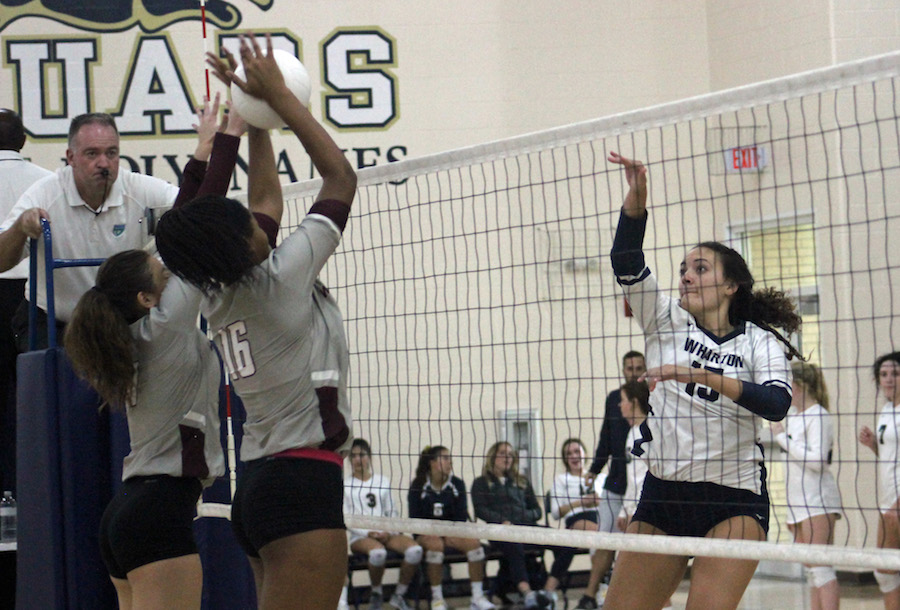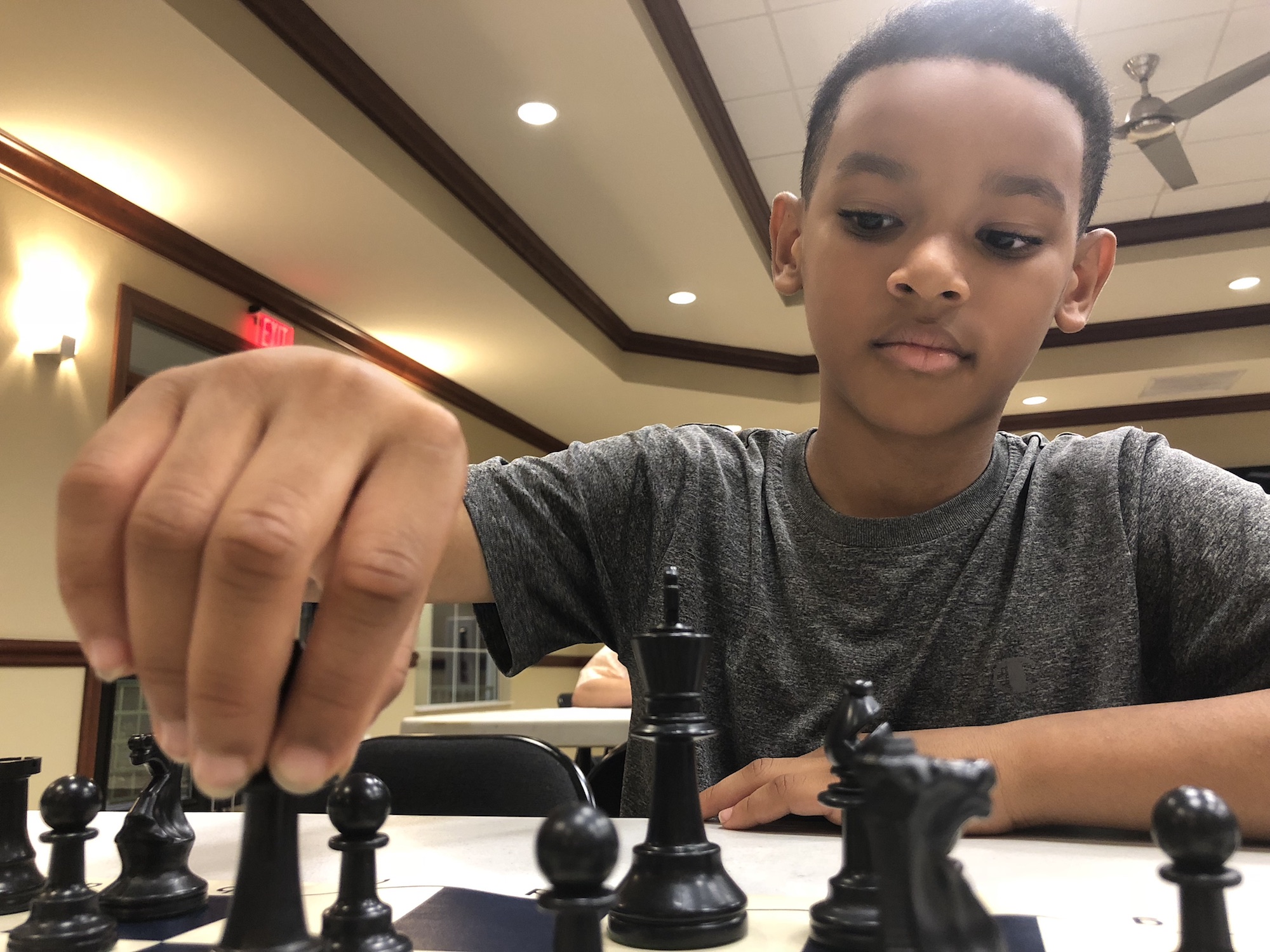 The heat isn’t going away. Neither, then, are the uncomfortable conditions still being faced by many students in Hillsborough County, where the air conditioning systems at some schools appear to be held together by staples and duct tape.
The heat isn’t going away. Neither, then, are the uncomfortable conditions still being faced by many students in Hillsborough County, where the air conditioning systems at some schools appear to be held together by staples and duct tape.
Looking to address that situation, as well as many others, the Hillsborough County School Board (HCSB) voted to place a referendum on the General Election ballot on Tuesday, November 6, to help fill a gap in funding that has led to myriad of problems in our schools.
A half-cent sales tax increase referendum was hurried and approved in late August by the School Board, despite concerns the chances of passage would be hurt by competing against a transportation referendum already asking for a one-cent sales tax increase.
The education referendum for Hillsborough County Public Schools, the eighth-largest school system in the country, would raise an anticipated $131 million annually, or $1.3 billion over 10 years. Nearly half of that would go to fixing or replacing air conditioning systems in roughly 200 of the county’s 250 schools.
In New Tampa, every school would have its air conditioning systems replaced or overhauled by 2023, with the exception of Hunter’s Green and Tampa Palms elementary schools and Turner/Bartels K-8, all of which would have theirs done between 2023-28.
Every school in Hillsborough County is expected to receive at least $500,000 of benefit from the tax.
School Superintendent Jeff Eakins has been on the town hall circuit this month and last, visiting schools across the county (see picture).
He held a town hall at Wharton High on Oct. 1.
Ahead of his New Tampa visit, the Hillsborough County School District released a list on Sept. 21 of 1,785 projects that would be funded by the tax increase.
Here are the projects for New Tampa schools to be funded by the tax:
Benito Middle School — Years 1-5: Air Conditioning Replacement or Overhaul, Carpeting Replacement Project, Generator Project, Hard-Surface Flooring Replacement Project, Repave Athletic Tracks, Replace Security System, School Interior Repainting Project
Years 6-10: Replace Fire Alarm System
Chiles Elementary School — Years 1-5: Air Conditioning Replacement or Overhaul, Carpeting Replacement Project, Fire Evacuation Improvements, Hard-Surface Flooring Replacement Project, K-3 Playground Replacement, Replace Fire Alarm System
Years 6-10: Grade 4-5 Playground Replacement
Clark Elementary — Years 1-5: Air Conditioning Replacement or Overhaul, Carpeting Replacement Project, Fire Evacuation Improvements, Grade 4-5 Playground Replacement, Hard-Surface Flooring Replacement Project, Replace Fire Alarm System
Years 6-10: Replace Aging Roof, K-3 Playground Replacement, Pre-K Playground Replacement
Freedom High — Years 1-5: Air Conditioning Replacement or Overhaul, Carpeting Replacement Project, Elevator Modernization, Hard-Surface Flooring Replacement Project, Upgrade Classroom Network Infrastructure, Generator Project.
Years 6-10: Replace Aging Roof, Repave Athletic Tracks, Sand and Recondition Gym Floor, School Interior Repainting Project
Heritage Elementary — Years 1-5: Air Conditioning Replacement or Overhaul, Fire Evacuation Improvements, Hard-Surface Flooring Replacement Project, School Interior Repainting Project, Upgrade Classroom Network Infrastructure
Years 6-10: Grade 4-5 Playground Replacement, K-3 Playground Replacement, Pre-K Playground Replacement
Hunter’s Green Elementary — Years 1 to 5: Fire Evacuation Improvements, Grade 4-5 Playground Replacement, K-3 Playground Replacement, Replace Aging Roof, Replace Stage Lighting, Upgrade Classroom Network Infrastructure
Years 6-10: Air Conditioning Replacement or Overhaul, Exterior Paint and Waterproofing, Outdoor Court Replacement
Liberty Middle School — Years 1-5: Air Conditioning Replacement or Overhaul, Exterior Paint and Waterproofing, School Interior Repainting Project, Upgrade Classroom Network Infrastructure
Years 6-10: Elevator Modernization, Replace Fire Alarm System, Replace Telephone System, Sand and Recondition Gym Floor
Pride Elementary — Years 1-5: Air Conditioning Replacement or Overhaul, Fire Evacuation Improvements, Grade 4-5 Playground Replacement, Pre-K Playground Replacement, Replace Aging Roof
Years 6-10: Elevator Modernization, K-3 Playground Replacement, Outdoor Court Replacement, Replace Telephone System
Tampa Palms Elementary — Years 1-5: Grade 4-5 Playground Replacement, K-3 Playground Replacement, Replace Stage Lighting
Years 6-10: Air Conditioning Replacement or Overhaul, Carpeting Replacement Project, Generator Project, Hard-Surface Flooring Replacement Project, Outdoor Court Replacement
Turner Bartels K-8 School — Years 1-5: K-3 Playground Replacement, Pre-K Playground Replacement
Years 6-10: Air Conditioning Replacement or Overhaul, Elevator Modernization, Outdoor Court Replacement, Repave Athletic Tracks, Replace Telephone System, School Interior Repainting Project
Wharton High — Years 1-5: Air Conditioning Replacement or Overhaul, Fire Evacuation Improvements, Replace Aging Roof, Replace Fire Alarm System
Years 6 to 10: Carpeting Replacement Project, Repave Athletic Tracks, Sand and Recondition Gym Floor, School Interior Repainting Project
















